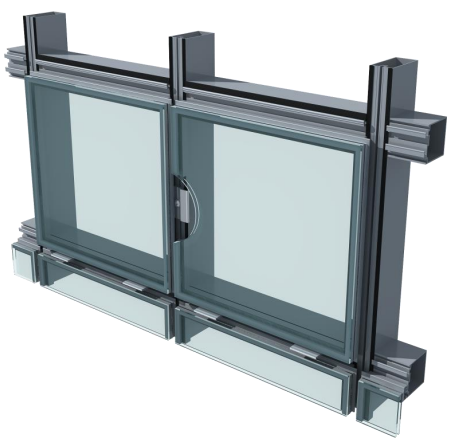

High Solar Gain Low-E Glass A Sustainable Solution for Modern Architecture
In recent years, the construction industry has increasingly embraced sustainable building materials that promote energy efficiency and environmental responsibility. Among these innovations is high solar gain low-emissivity (Low-E) glass, which combines the benefits of natural light and solar energy while minimizing thermal losses. This article explores the features, benefits, and applications of high solar gain low-E glass, making it a preferred choice for modern architectural designs.
Understanding Low-E Glass
Low-E glass refers to a type of glazing product that is coated with a thin layer of metallic oxides. This coating reflects infrared radiation while allowing visible light to pass through. Low-E glass is classified into two main categories high solar gain and low solar gain. The terminology solar gain refers to the amount of solar energy that can be transmitted through the glass. High solar gain Low-E glass is specifically designed to capture more solar energy, making it ideal for regions that experience significant sunlight.
The Advantages of High Solar Gain Low-E Glass
1. Enhanced Energy Efficiency One of the primary benefits of high solar gain Low-E glass is its energy efficiency. By permitting more solar heat to enter a building during winter months, it reduces reliance on traditional heating systems. This can significantly lower energy bills and contribute to a reduced carbon footprint.
2. Improved Comfort Buildings equipped with high solar gain Low-E glass maintain a more consistent internal temperature. The glass works by capturing sunlight during the day, which not only warms the space but also keeps it comfortable through the evening. This feature is particularly beneficial in climates with cold winters and warm summers.
3. Natural Lighting High solar gain Low-E glass allows a greater amount of natural light to penetrate indoor spaces, reducing the need for artificial lighting during daylight hours. Natural light has been shown to improve mood and productivity, making spaces more hospitable for occupants.

4. UV Protection While high solar gain Low-E glass maximizes sunlight and warmth, it simultaneously blocks a significant percentage of harmful ultraviolet (UV) rays. This protection helps to preserve furnishings, artwork, and other interior elements from fading and damage caused by prolonged exposure to sunlight.
5. Sustainability As the world seeks greener solutions to combat climate change, high solar gain Low-E glass provides an environmentally friendly alternative. Its energy-efficient properties contribute to lower greenhouse gas emissions and support the use of renewable energy sources.
Applications of High Solar Gain Low-E Glass
High solar gain Low-E glass has versatile applications in various building types, including residential, commercial, and institutional structures. For residential homes, it enhances comfort by harnessing natural sunlight for heating and illumination. In commercial buildings, this type of glass can be utilized in facades, atriums, and skylights to create inviting work environments that utilize natural resources effectively.
Moreover, high solar gain Low-E glass is particularly beneficial in regions with a cold climate, where maximizing solar heat gain during winter months is essential. Architects and builders are increasingly incorporating this glazing technology into their designs to meet energy efficiency standards and create aesthetically pleasing environments.
Conclusion
Incorporating high solar gain low-E glass in building design represents a significant step towards sustainable architecture. Its ability to enhance energy efficiency, improve occupant comfort, and benefit the environment makes it an ideal choice for modern construction. As the demand for energy-efficient buildings continues to rise, high solar gain low-E glass is poised to play a crucial role in shaping the future of architecture, striking a balance between style and sustainability. By harnessing the power of the sun, we can create spaces that are not only functional but also contribute positively to our planet.